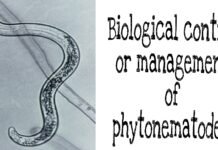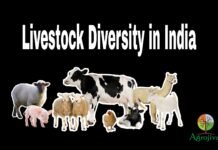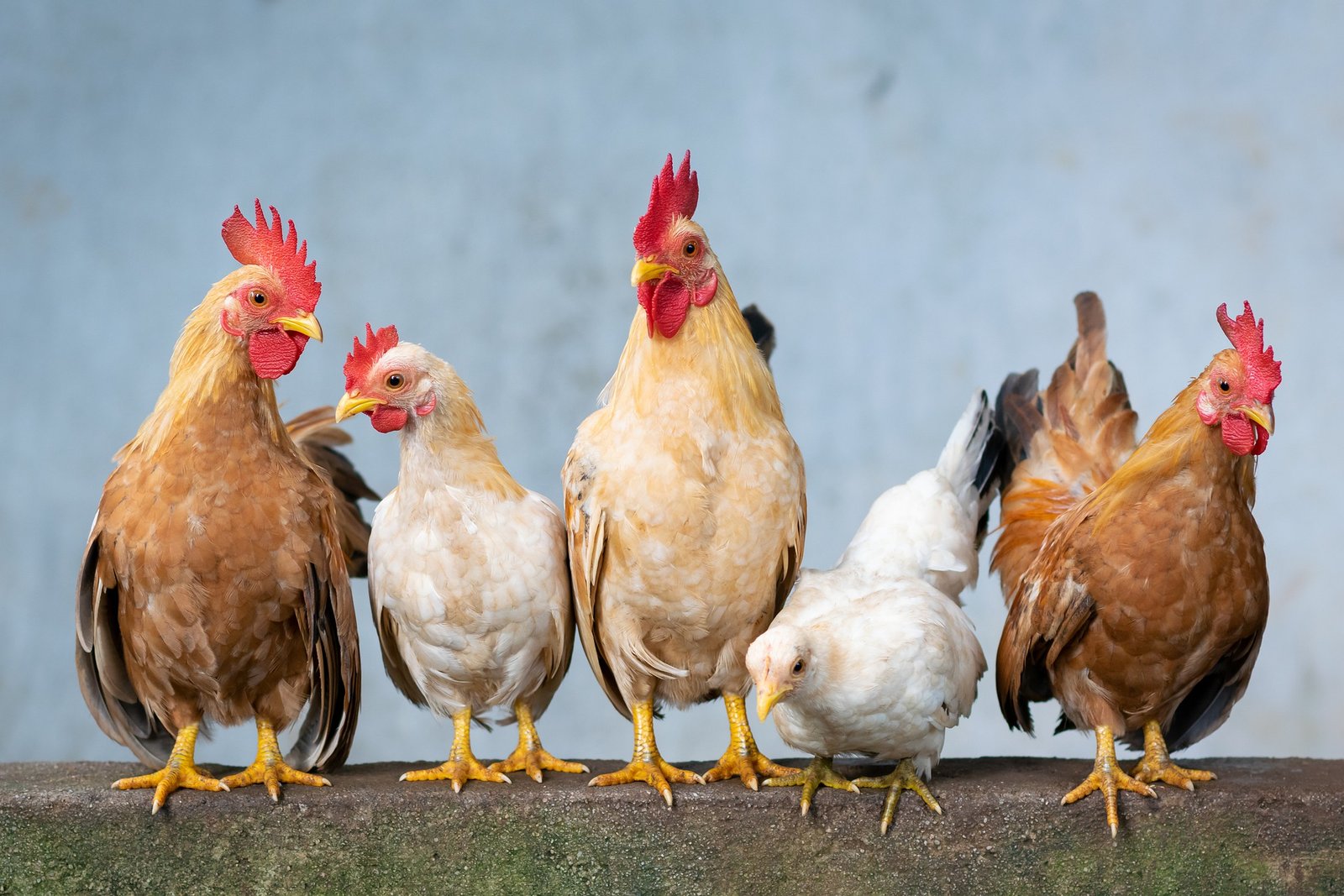Reniform Nematodes (Rotylenchulus)
Renus: kidney
It is a diminutive form of genus Rotylenchus (Broad spectrum). Its common name and the specific name given after the shape of the adult female. These are widely in the host range.
Taxonomic Summary
| Phylum | Nematoda |
| Class | Secernentea |
| Order | Tylenchida |
| Family | Rotylenchulidae |
| Genus | Rotylenchalus |
| Species | reniformis |
Host and Distribution:-
- Wide range of host from vegetable, cereals, grapes, papaya, and coffee.
- These are endoparasitic, root nematodes.
- They are found in sub-tropical and tropical climate conditions.
- Not found in the temperate region.
- These are reported from African and Asian continents.
- In India, most states have infections of these veniform nematodes.
Generic Diagnosis of Reniform:-
Adult female:

- Broad hear poorly sclerotized.
- Stylet comparatively longer than other nematodes may traverse to the oesophageal junction.
- Stylet knobbed.
- Oesophagus gland dorsally overlapped and comparatively larger.
- Vulva post equatorial, ovary didolphic, vulva lips present.
- The uterus extends to the level of oesophagus (anterialy) and anus (post).
- Anus subterminal and venteral
- Mucron present ( broad rounded and small bud-like).
Biology and life cycle:-
- It is a semi-endoparasite of the root.
- Adults are sedentary. Adult female found to attached with egg mass at the surface of the root.
- An adult female after amphimixis starts egg-laying.
- A single female can lay about 40-80 eggs
- These eggs at optimum climatic temperature 25-30 °C hatched into juveniles within a week.
- The juvenile after 3 superimposed moulting turns or transformed into a premature adult.
- Within a week the premature adult (female) becomes reniform obese in the post region.
- After mating with adult male, it starts a new cycle.
- They may also reproduce parthenogenetically in the absence of male or in unfavourable conditions.
- The life cycle completed in about 25 days.
- These are multivoltine.
- The second stage juvenile may be in quiscence stage (sleep) up to six months for the commencement of new crop or host.
- On the basis of mode of infection of polyphagous nature, these reniform nematode are grouped in two races.
Race or deme A:- can feed or found as a parasite in castor, cowpea, coffee, cotton.
Race or deme B:– only parasitise on cowpea plant.
Pathogenesis:-
- Infection is quite common in most of the crop but have no clear cut diagnostic features.
- Yellowing of top most whorl of leaves.
- Lesions and necrosis in feeder roots.
- Quality and quantity of production decline.
- The severe infection causes major loss and appeared as endemic disease in 1996-98 in Bihar, MP.
Management of Reniform Nematodes:-
- Summer tilling of soil in the month of may-June, 3-4 times at an interval of 10-15 days.
- Seed should be free and resistant to pathogens.
- Crop rotation by non-host plant or cropping system.
- Seed should be treated by carbofuran 0.3% w/w before sowing.
- Seed should be treated biologically (pseudomonas and Trichoderma) @ 3g /kg seed found to effective to reduce the chance of infection new crop..
Read More:- Pratylenchus penetrans (lesion Nematode) Click Here


















[…] Read More:–Reniform Nematodes (Rotylenchulus Nematode) Click Here […]
[…] Read More:–Reniform Nematodes (Rotylenchulus Nematode) Click Here […]
[…] Read More:–Reniform Nematodes (Rotylenchulus Nematode) Click Here […]